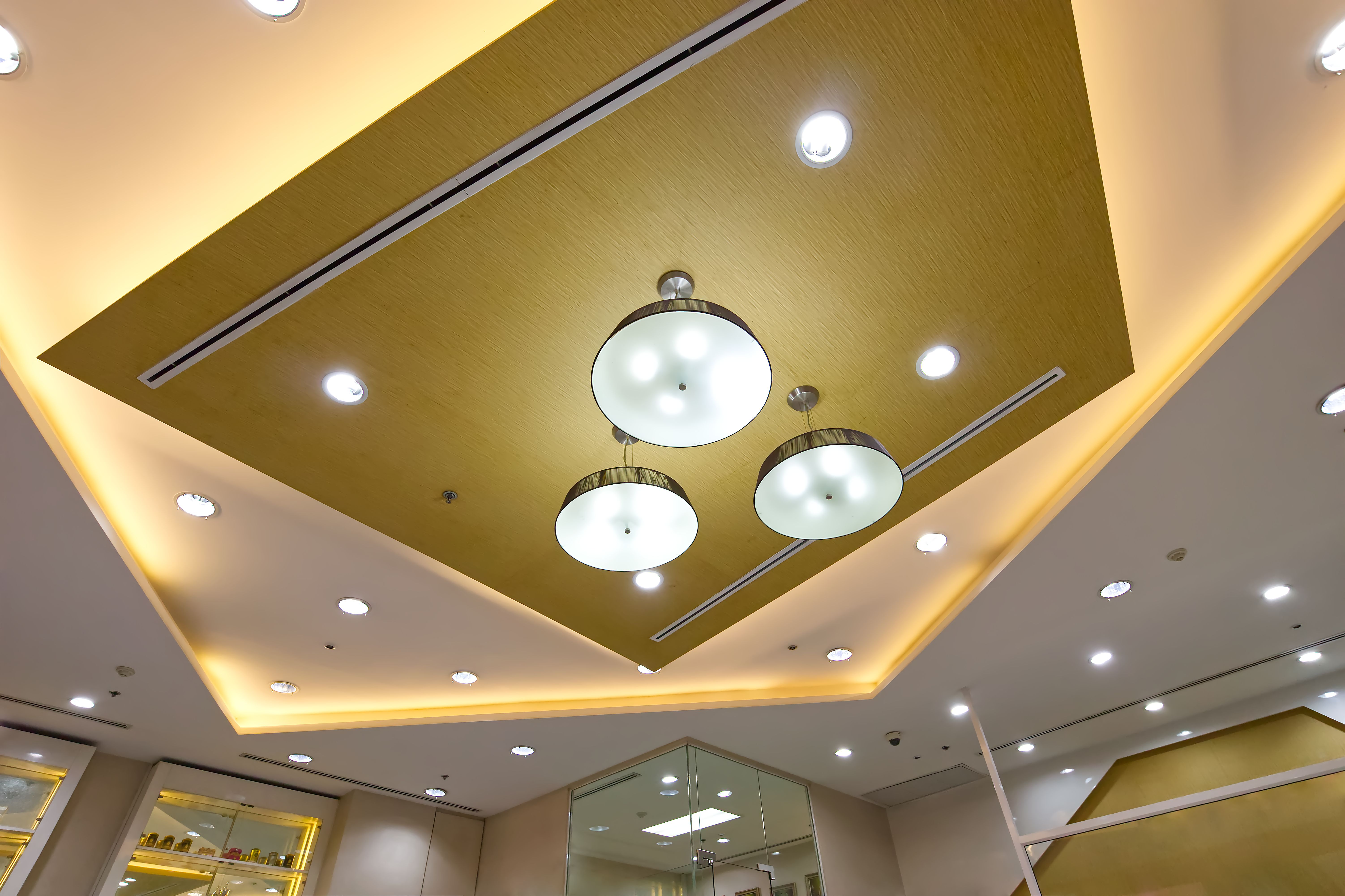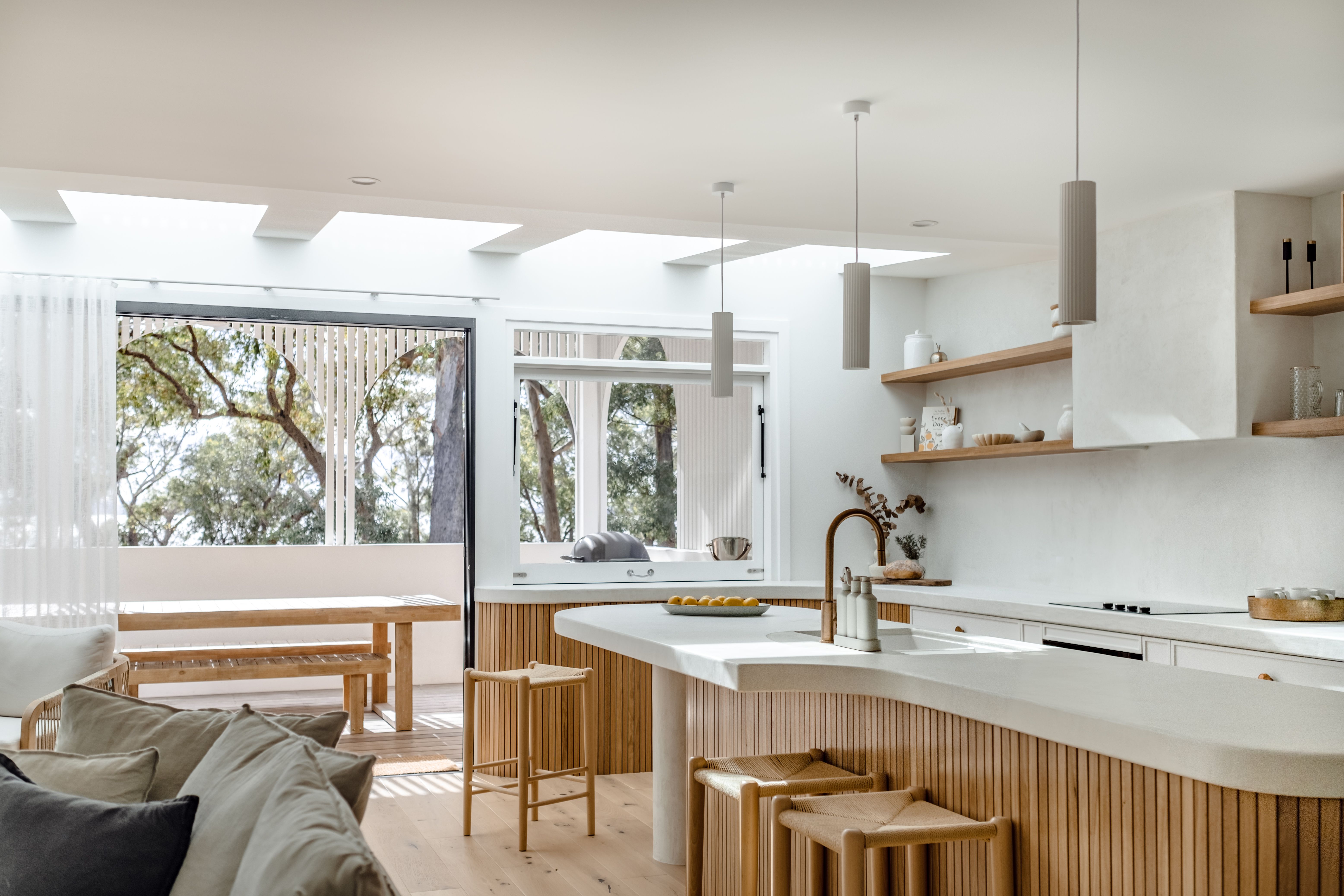The Ultimate Guide to Choosing Pigment Colors for Your Home Interior
Understanding Pigment Colors
Choosing the right pigment colors for your home interior can be both exciting and daunting. Pigment colors are the essence of paint, influencing how colors appear once they are applied to your walls. Understanding these pigments is crucial for making informed decisions about your home’s color palette.
In essence, pigments are finely ground natural or synthetic particles that provide color to paint. They can be categorized into organic and inorganic types, each offering distinct characteristics. Organic pigments tend to be brighter but less durable, while inorganic pigments are more robust and stable, ideal for long-lasting results.
Consider Your Space and Lighting
Before selecting pigment colors, it's vital to consider the specific characteristics of your space. The size of the room, the amount of natural light it receives, and its purpose all play significant roles in how a color will look and feel.
Lighting, in particular, can dramatically alter the appearance of a color. Natural light tends to enhance colors, making them appear more vibrant. In contrast, artificial lighting can either warm or cool tones, depending on the bulb type used. Always test samples in different lighting conditions to see how they shift throughout the day.

Choosing a Color Palette
When selecting pigment colors, creating a cohesive color palette is essential. A well-thought-out palette not only enhances aesthetic appeal but also creates harmony throughout your space. Start by choosing a base color that reflects your style and complements your furniture and decor.
Once you have a base color, consider secondary and accent colors to add depth and interest. Secondary colors should complement the base color, while accent colors can be bolder tones used sparingly to draw attention to certain areas or features within a room.
Exploring Color Psychology
Color psychology plays a pivotal role in interior design, as different hues evoke distinct emotions and moods. For instance, blues and greens often promote calmness and tranquility, making them ideal for bedrooms or bathrooms. On the other hand, reds and yellows are energizing and can stimulate conversation and appetite, perfect for dining areas or kitchens.
Understanding these psychological effects can help you choose pigment colors that not only look good but also create the desired atmosphere in each room of your home.

Testing Pigment Samples
A crucial step in selecting pigment colors is testing samples on your walls. This process allows you to see how colors will truly appear in your space, under different lighting conditions and alongside existing decor.
Apply test patches in several areas of the room and observe them over a few days. This approach will help you decide if the color maintains its appeal in both daylight and artificial light. Remember that paint may dry darker or lighter than it appears in the can.
Finalizing Your Choices
Once you have thoroughly tested your samples and analyzed their performance in various conditions, it’s time to finalize your choices. Consider any feedback from family members or interior design professionals if you’re uncertain about your selections.
Remember that while trends can provide inspiration, personal preference should always come first. Ultimately, your home should reflect your personality and make you feel comfortable and happy in your surroundings.

Conclusion
Selecting pigment colors for your home interior is a journey that involves understanding pigments, considering space and lighting, exploring color psychology, and testing samples. By following these guidelines, you can create a harmonious and aesthetically pleasing environment that suits your lifestyle and taste.
Don’t rush the process; take your time to explore options and experiment with different combinations until you find what truly resonates with you. Your home is a reflection of who you are, so let it speak with colors that bring joy and inspiration.